![]()
Welcome to the third installment of "Ms. Opinionated," Bitch's new advice column, in which readers have questions about the pesky day-to-day choices we all face, and I give advice about how to make ones that (hopefully) best reflect our shared commitment to feminist values—as well as advice on what to do when they don't.
Dear Ms. Opinionated,
I've been struggling for pretty much my whole teen and adult life with this issue.
I am a woman who doesn't respect other "feminists" who dress provocatively. I'm referring to mini skirts, high heels, caked make-up, exposed side-boob or clevage or midruff, etc - anything that is more provacative than it is comfortable. Obviously I realize that I need to "lighten up" because I've more or less been told so many times, so maybe you can help! In my opinion, it's not liberating to dress to "impress" or in fact, "turn on", whether the opposite or your own sex. Why should we women contribute to the degradation of our gender to sexual objects above all else? They say that the most important thing is to feel confident in our outfits, and therefore we can wear whatever we like. But what if that confidence is coming from stranger's gawks/lewd comments/compliments? Are they truly only worrying about impressing themselves - no one else? Obviously, I can't stop a huge population of women from dressing how they want. I'd just appreciate any tips on how to deal with this resentment that I feel. I feel they are doing my gender an injustice by playing up to these roles that society would like to keep imposed on us. If they truly understood that we're meant to be fighting for respect as humans (not sexual objects) and equality, why would they work so hard to prioitize their sexual existance above all else? After all, first impressions are the most powerful, right? To me it seems that some women want to say with their first impression "yeah, I know you wanna fuck me". Where do you seriously go from there? Help.
Woo, that's some heavy baggage you've been carrying around. Let's try to unpack it a bit, see if you really need everything you got in there and throw some stuff away before you continue on your way.
First off, let's talk a little bit about the pernicious way female competitiveness -- especially when it comes to men -- worms its way into your head and some ways to stop it. From the get-go, girls and then women are pitted against one another. Whether you want to get all Marxist with it and attribute it to false consciousness (i.e., if we fight one another at the bottom of the ladder, we'll never get to dismantling the system at the top) or straight-up patriarchy (why are we competing for them anyway?) or whatever your philosophical flavor is, the fact of the matter is that somewhere between princess fantasies (the 3 ugly stepsisters and the older jealous witch, anyone?) and beauty pageants and women choosing to compete amongst themselves in English instead of Engineering departments, we're all socialized to see one another as competition -- and to not see men as competition in the same way.
And so every time you catch yourself mad at a woman for something like how she attracts the male gaze (or wins an accolade you don't), you need to stop and ask yourself if you're mad at men for that. Do you walk down the street disrespecting men in crotch-hugging, penis-outlining jeans, hating on men in assless chaps at gay bars, sneering at dudes that are wearing those super-low V-necked T-shirts, raging about guyliner and high-maintenance sexy facial stubble? You probably don't. So you're holding women to a different standard than you hold men, and judging them for what they wear -- and attributing motivation to why they wear it -- in exactly the clichéd way you have been socialized to do.
Ugh, right? It's like a pair of nasty stinky socks in the middle of your baggage. Maybe you are really attached to the socks, or have grown accustomed to the stank, but when you start questioning yourself about them, you're going to get more cognizant of the stench and you're going to start to want to toss them. It's a first step.
But there's some other grody stuff in there, too. Let's root around some more.
The second thing that stands out to me is that you're blaming the objects of the male gaze for how some men behave toward us all. You're assuming that the women whose sartorial choices you dislike are wearing those clothes primarily to attract the male gaze and -- most importantly-- that the gaze of those men on those women has a negative impact on you that would be eliminated with more modest dress by the women.
Let me assure you, even in countries where religious leaders and governments force what they consider modest dress on women, it doesn't stop the objectification of women by men. And allowing women to express themselves sartorially -- even to attract the male gaze, though it's hardly the only gaze they're attracting, since you're looking too -- isn't forcing men to look, or forcing them to think about fucking the objects of their gazes, or forcing them to think of us as simply objects of their fucking. Men have a choice, I swear!
I mean, I parade around in front of my partner in all manner of undress and occasionally in high heels and make-up and low-cut outfits and I know I have his respect as a person and a partner (or else I wouldn't be in a relationship with him). Men on the street have the same choices -- and some of them choose to leer and catcall and go elsewhere and treat women with no respect. That's not the fault of the woman whose outfit he appreciated, or the woman whom he treated with disrespect in a prior relationship, or even a stripper whom he showered with dollar bills -- but, gosh, seems sort of like the whole competition thing we were talking about earlier when we forgive him his choice and blame his behavior on another woman who isn't as "good" as us, right?
Effectively, if a man disrespects women, then he's not doing it because we asked for it. He's choosing to do it, and us blaming it on certain women -- be they sex workers or sexy-dressers or girls who give blow-jobs without demanding reciprocity or those who reveal side-boob -- is just relieving men of responsibility and blaming it on women. And it takes acknowledging that we're doing that, that we're blaming women for men's choices, to realize why we have to stop.
I hesitate to use the phrase "victim-blaming" because, yes, some women undoubtedly dress for the male gaze and wouldn't call themselves victims, but it's effectively the same principle. And, again, you need to acknowledge what you're doing -- and that it's grody and wrong not because there's no way to appropriately criticize other women, but because you're doing it from the exact same perspective of the patriarchal society that you're simultaneously trying to take down. Something to try? When you're judging other women's choices, think about (or write down) your exact criticism and imagine it being said by Rick Santorum. If it sounds about right for him, then you're not engaging in a real feminist critique, you're just engaging in a standard one.
Finally, the last thing you're doing when you're judging women (or feminists) by what they're wearing is that you are attributing motivation -- which, given that you probably don't know most of the women in question, is actually not something you're privy to. You're assuming they consider their clothing a feminist choice -- even though not every choice even feminists make is in a kyriarchy going to be a feminist one -- and that they are choosing it to make themselves more fuckable, to get self-esteem through the male gaze and that they are doing it because they prioritize their sexual selves above all else.
Now, that may well be why you dress how you choose to dress, and that you are comfortable with your choices -- which is great. But you don't know why strangers dress the way they do, whether they find booty shorts more comfortable than khakis or low-cut tops more comfortable than turtlenecks. (Full disclosure: I find turtlenecks rather strangle-y and enjoy air on my cleavage and don't really give a rat's ass about which, if any, men happen to notice I have breasts.) You don't actually know if they find cat-calling a source of self-esteem -- though, surveys say they don't even if street harassers think they do -- of if they prioritize only their sexual selves or are just doing so at the moment you're seeing them. And, if you judge women based on their covers -- the thing you say you hate that men do, by the way -- then you're never going to find out.
But the last think I'll leave you to think about is this, courtesy of the Women's Rights National Historic Park in Seneca Falls, NY.
![Today it may be a little more difficult to tell someone's social class or cultural background from what she wears, but choosing comfortable clothing is still complicated by media and societal messages about how women and men should look, act, feel, and think.]()
Have a question? Email us with "advice" in the subject line. Anonymity guaranteed. Photo credit: Kate Black, kateblack.com

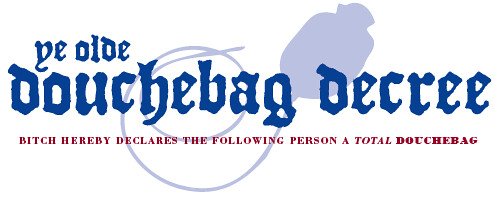





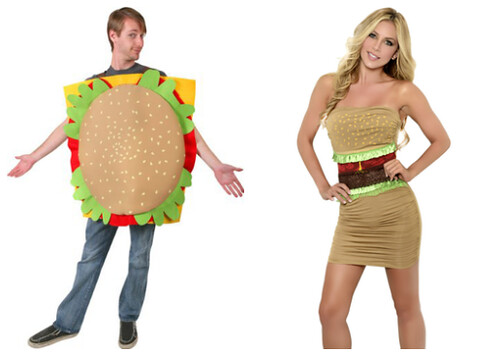

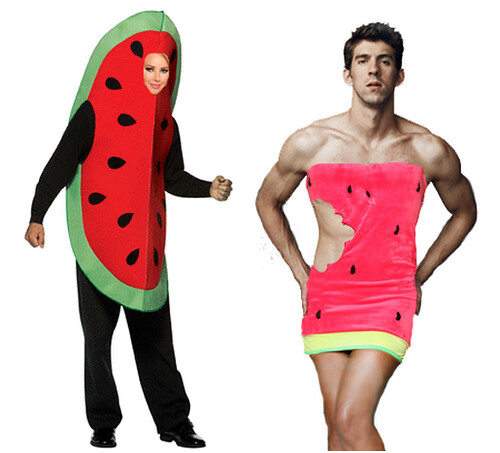
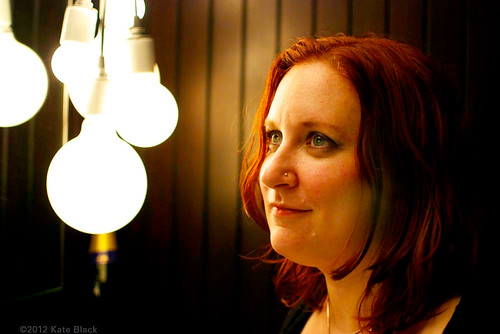

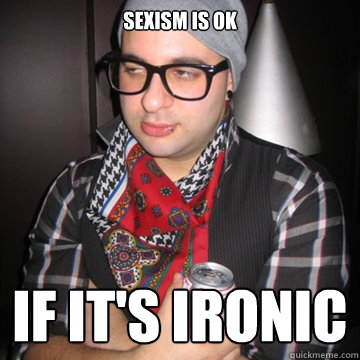


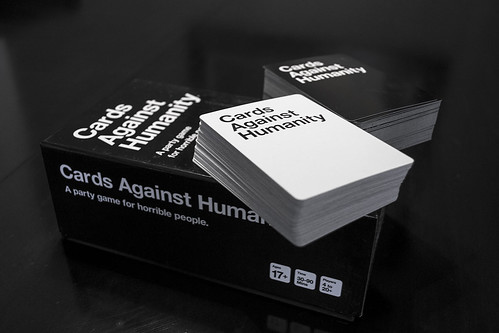

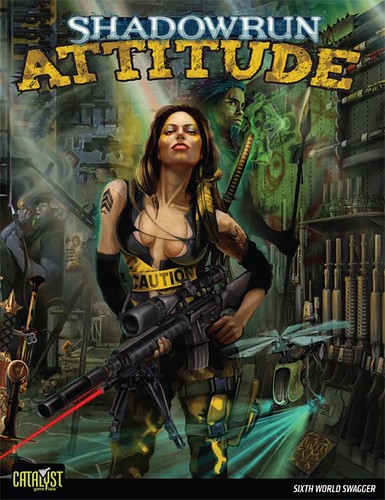

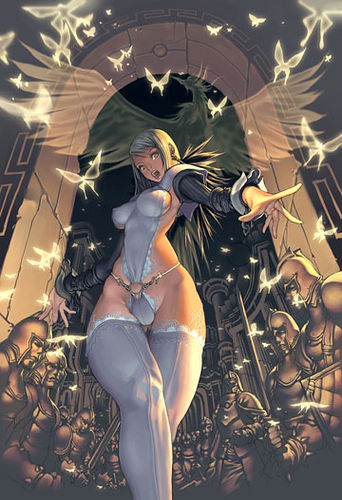

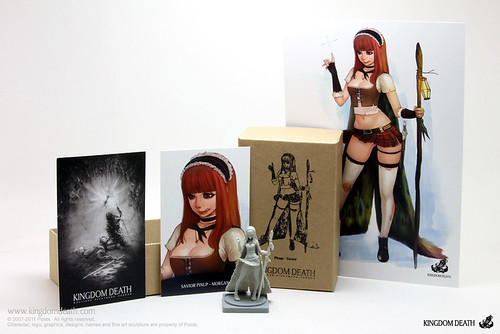
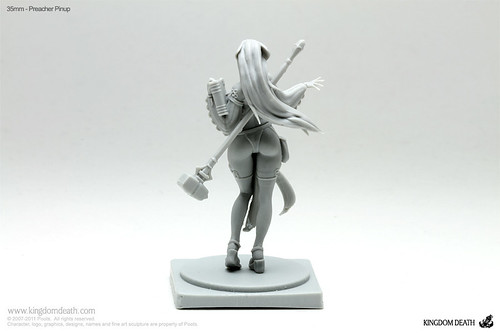



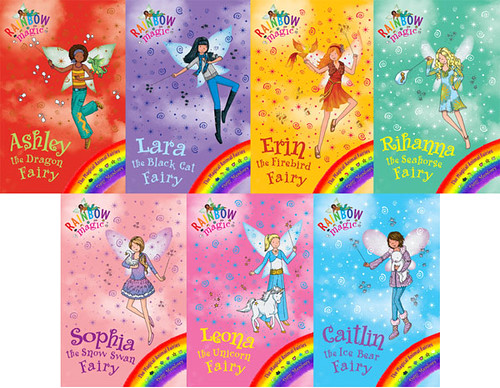


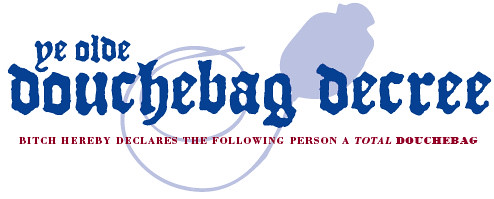

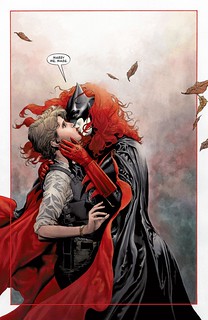 The folks who quit have already been replaced.
The folks who quit have already been replaced.








